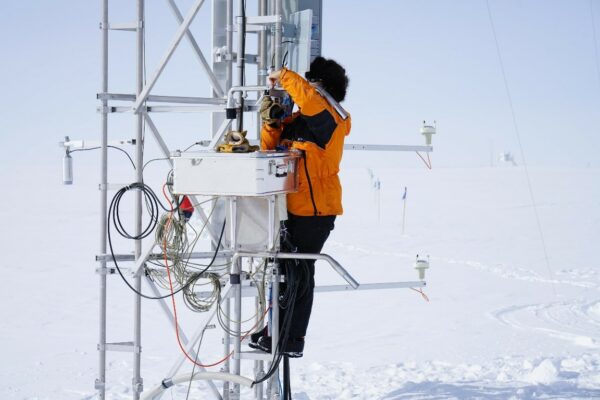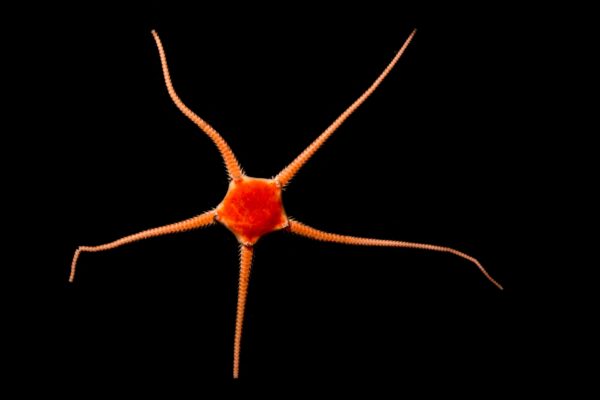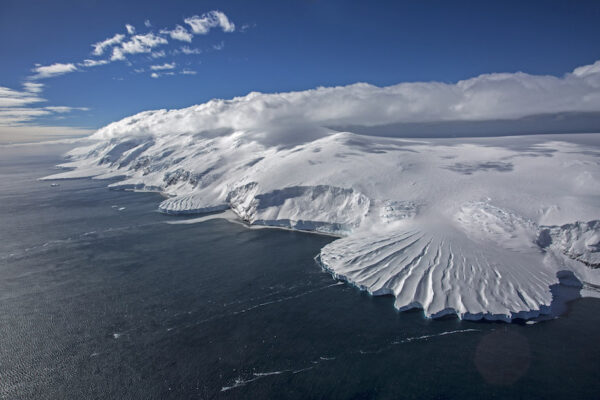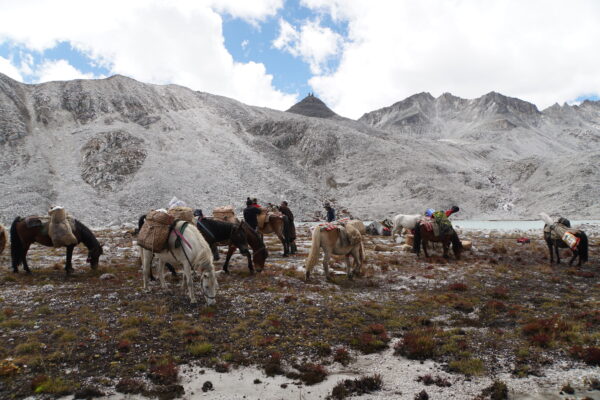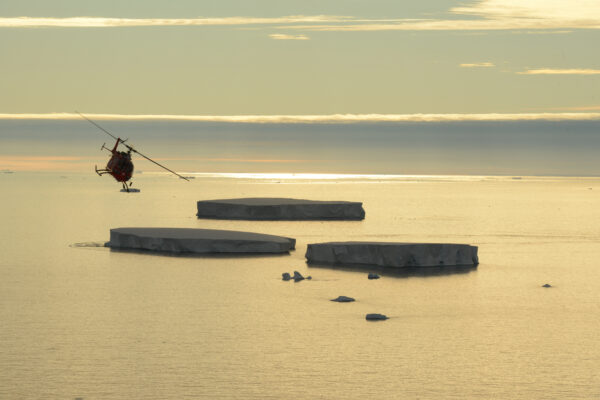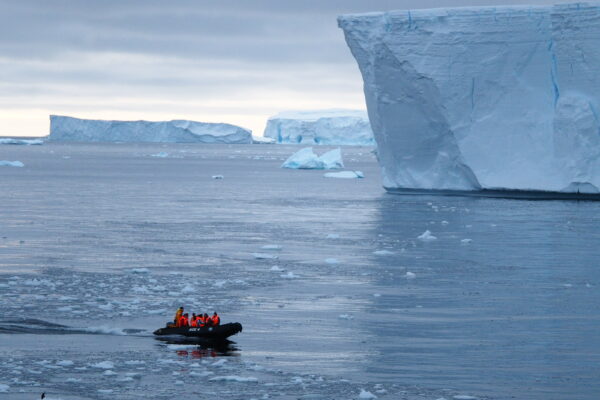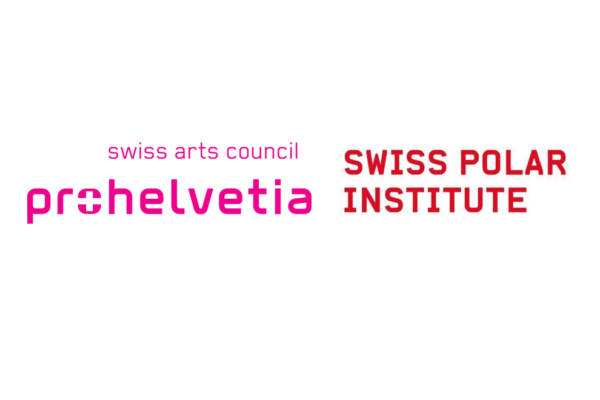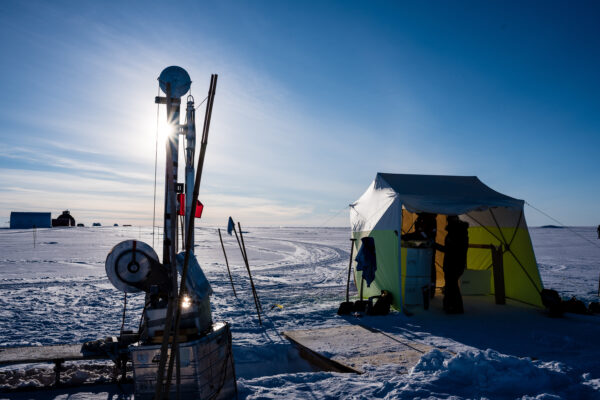Maintenance of the scientific instruments is a daily task for the scientists at Swiss Camp Greenland. © 2021 Konrad Steffen, all rights reserved
Read MoreArticles by: John Maxwell
Marine invertebrate collected during the Antarctic Circumnavigation Expedition (ACE)
Marine invertebrate collected from the sea floor during the Antarctic Circumnavigation Expedition (ACE) 2016-2017. Organisms living on the sea floor capture carbon by feeding on microscopic plankton and other animals, playing a key role in the carbon cycle. © Parafilms/EPFL. Photographer: Noé Sardet (CC BY-NC-SA 4.0)
Read MoreThe Balleny Islands
Aerial view of the rarely-visited, volcanic Balleny Islands, taken during the second leg of the Antarctic Circumnavigation Expedition (ACE). Their location straddling the Antarctic Circle gave scientists the perfect opportunity to drill the first ice core from Young Island to better understand changes in circumpolar westerly winds. © Parafilms/EPFL. Photographer: […]
Read MoreGlacial lakes of the Bhutan Himalayas
Scientists use unexpected means of transport to reach some test sites in the Bhutan Himalayas. Sonam Wangchuck’s project “Bathymetric survey of glacial lakes; GPS measurements of lake shoreline; ground penetrating radar (GPR) survey of moraine dams and glacier tongues; turbidity and surface temperature measurements” was supported by the Polar Access […]
Read MoreScientists returning to the ship from Mount Siple
Scientists returning to the ship from Mount Siple, Marie Byrd Land, after drilling an ice core during the Antarctic Circumnavigation Expedition (ACE) 2016-2017. © Parafilms/EPFL. Photographer: François Bernard, all rights reserved
Read MoreScientists onboard a Zodiac near Siple Island
Scientists onboard a Zodiac near Siple Island, Antarctica, during the Antarctic Circumnavigation Expedition (ACE) 2016-2017. The area was relatively ice-free at the time of the scientists’ visit, allowing an unexpected opportunity to collect vegetation and geological samples from nearby Lauft and Maher Islands. © 2021 Bradley Markle (CC BY 4.0)
Read MorePolARTS
Through PolARTS, the Swiss Polar Institute and Pro Helvetia, the Swiss arts council, enable an exchange between polar science and arts. An independent evaluation panel has now selected four interdisciplinary collaborations bringing scientists from disciplines such as snow physics, ice core research, glacier dynamics and Tundra ecology closer to writers, […]
Read MoreFieldnotes
Researchers funded by SPI and coming back from the field have many interesting stories to write about. We invite you to have a look at our section Fieldnotes to read about their experiences. They tell you all about their experiments, their journey in cold remote environments and polar anecdotes. A […]
Read MoreCoronavirus update
Due to the latest developments in the spread of the coronavirus, we are unfortunately cancelling the Swiss Polar Day 2020, the health and safety training scheduled for 21/22 March and all activities requiring the gathering of people. We will keep you posted about planned activities on a regular basis and […]
Read More